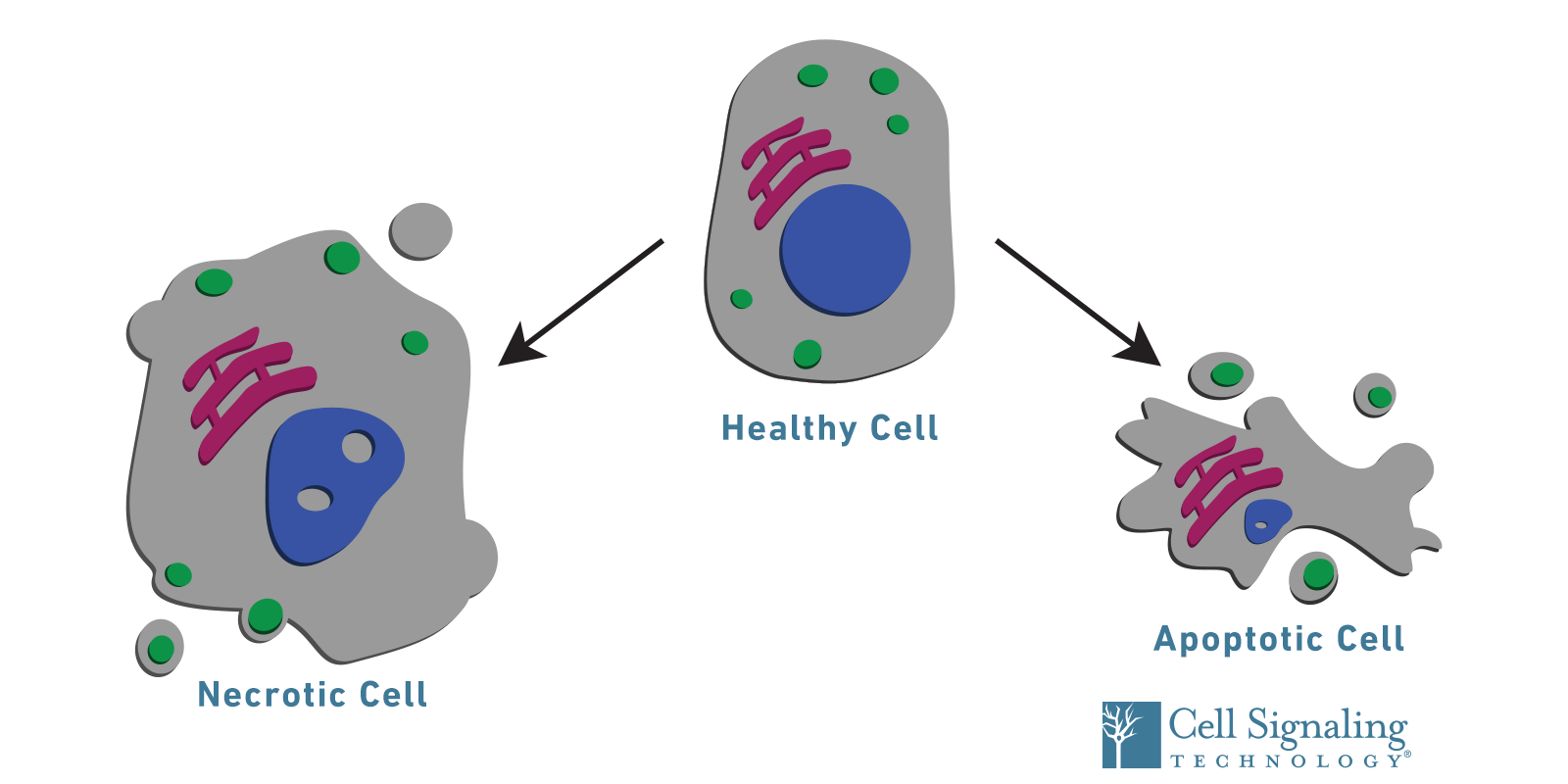

Weįurthermore point out practical requirements in terms of length of time seriesĪnd sampling time which must be satisfied in order to infer optimally transferĮntropy from times series of fluctuations. Prescribing more stringent conditions on the structure of noise sources. WeĬonfirm the formerly detected modes between growth and gene expression, while

(2014) where fluctuations in gene expression of metabolicĮnzymes and growth rate have been measured in single cells of E. We re-analyze the experimental dataįrom Kiviet et al. We present a theoreticalĪpproach to compute the transfer entropy, even when the noise has an extrinsicĬomponent or in the presence of feedback. Information-theoretic quantity that quantifies the directional influenceīetween fluctuating variables in a model-free way. Here, we use the transfer entropy (TE), an Time-lagged correlations allow toĭiscriminate between alternative models, but they still rely on assumed
#Cellular processes pdf#
Tans, Martin Luc Rosinberg, David Lacoste Download PDF Abstract: Inferring the directionality of interactions between cellular processes is a This system includes such organs as the esophagus, the stomach, and the intestines.Authors: Sourabh Lahiri, Philippe Nghe, Sander J. Organ System An organ system is a group of organs that work together to do a job An example of an organ system is your digestive system. Organ An organ is a group of tissues that function together to do a specific job A couple examples of organs are the heart and the skin. Some examples of tissue are brain tissue, nerve tissue, and muscle tissue. Tissues Groups of specialized cells that work together.
#Cellular processes skin#
Part 4: Specialized Cells How do specialized cells work together?Ĭell Differentiation Cell differentiation is the development of cells into different and specialized cell types Some examples of specialized cells are: Blood cell Skin cells Muscle cells The cell splits, and new nuclear membranes form. Stage 5: Cytokinesis Chromosomes become hard to see. Stage 4: Anaphase The chromosome copies split apart and are pulled to opposite ends of the cell. Stage 3: Metaphase The chromosome copies line up along the cell’s center. Stage 2: Prometaphase Chromosomes become shorter and thicker. Stage 1: Prophase Each chromosome makes a copy of itself. Part 3: Cell Division What are the five stages of cell division? Fermentation causes your cells to produce a by product called lactic acid. (Usually when you exercise hard.) During this process sugars are partially broken down for use as energy. įermentation Fermentation occurs when there isn’t enough oxygen available. This process is the reverse of photosynthesis.


This produces carbon dioxide, water, and energy! As a result the waste product is carbon dioxide. The mitochondria in both plant and animal cells use oxygen to break down sugar. Ĭell Respiration Cell Respiration is the process of using oxygen to release stored energy by breaking down sugar molecules. The waste product of this process is oxygen. The chloroplasts in a plant cell use sunlight to change carbon dioxide + water to make sugar. Photosynthesis Photosynthesis is the process by which light energy is used to make food. Part 2: Cells and Energy How do photosynthesis and cell respiration help a cell get energy? Depending on the rates of these respective processes, the level of a metabolite can be subject to large and rapid change during quenching. Food molecules are moved into the cell while waste molecules are moved out. Cellular processes are dynamic and the level of a particular metabolite at any one time will represent the balance of biosynthesis, biochemical transformation into other metabolites, degradation, transportation into and out of the cell, and sequestration into and out of storage forms. Īctive Transport Active transport occurs when the cell uses energy to transport materials across the cell membrane. The process of osmosis as well as diffusion occur without the cell using any energy. Osmosis Osmosis is the movement of water across a cell membrane. This process continues until the two areas have equal concentration of the substance. Part 1: How Materials Move In and Out of a Cell…ĭiffusion Diffusion is the tendency for a substance to move from an area of greater concentration to an area of lesser concentration.


 0 kommentar(er)
0 kommentar(er)
